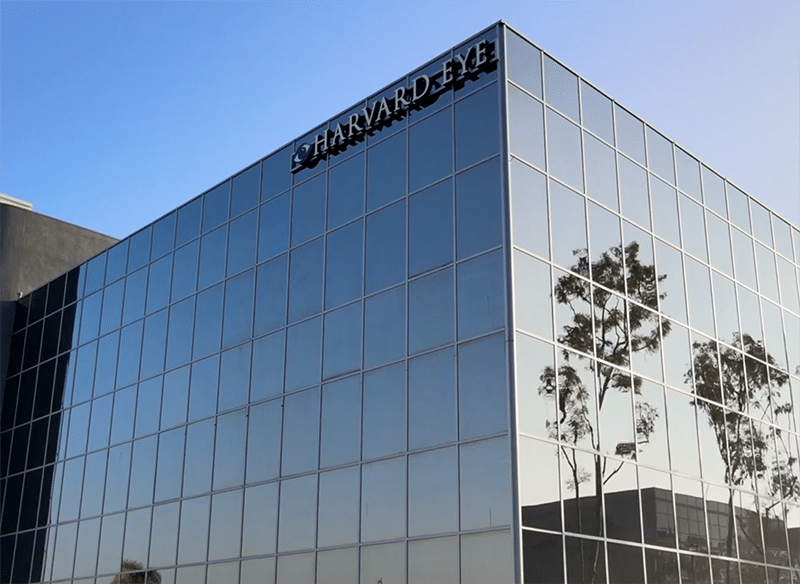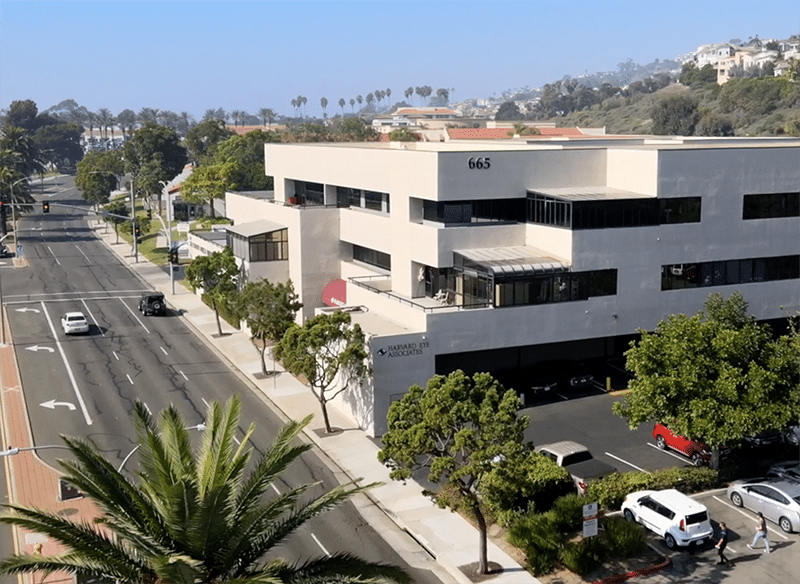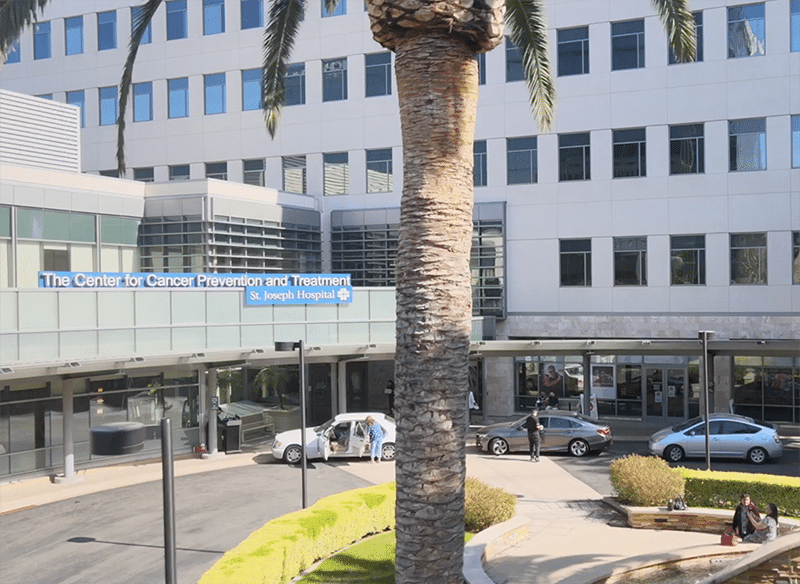Glaucoma is a leading cause of irreversible vision loss, affecting millions worldwide. Traditionally, treatment has relied on prescription eye drops, but many patients struggle with side effects, adherence, and costs. Interventional glaucoma is a modern, procedure-based approach that helps reduce dependence on medications while preserving vision and improving quality of life.
If you’re looking for a more effective way to manage glaucoma, here are five key things to know about interventional glaucoma and how it can benefit you.
1. What Is Interventional Glaucoma?
Interventional glaucoma shifts treatment from a medication-first approach to procedure-based solutions that offer long-term relief. By incorporating minimally invasive glaucoma surgery (MIGS) and laser therapy, we can lower intraocular pressure (IOP) and slow disease progression without relying solely on daily eye drops.
This approach is ideal for early to moderate glaucoma and helps patients maintain stable vision while reducing the burden of lifelong medication use.
2. Minimally Invasive Glaucoma Surgery (MIGS) May Provide Safe, Long-Term Relief
MIGS procedures are a game-changer in glaucoma treatment, offering a safer, more effective alternative to traditional surgery. Unlike trabeculectomy or tube shunt procedures, MIGS involves:
✔ Smaller incisions – Faster recovery and lower risk of complications.
✔ Minimized tissue disruption – Preserves the eye’s natural drainage system.
✔ Long-term IOP control – Reduces or eliminates the need for eye drops.
Popular MIGS procedures include:
- iDose® TR – First-of-its-kind, long duration implant designed to deliver continuous travoprost
- iStent® & Hydrus® Microstent – Tiny implants that improve aqueous drainage.
- Canaloplasty – Expands drainage canals without external filtering.
3. Laser Therapy May Replace or Reduce the Need for Eye Drops
Selective laser trabeculoplasty (SLT) is a non-invasive laser treatment that improves fluid drainage and reduces IOP. Studies show that SLT can be as effective as daily eye drops for many patients—without the hassle of medication side effects.
Benefits of SLT for Glaucoma Treatment:
✅ Non-invasive & quick (5-10 minutes per eye)
✅ Long-lasting effects (up to 5 years)
✅ Minimal side effects & no recovery time
✅ Can be repeated as needed
By choosing SLT as a first-line treatment, many patients can avoid the need for daily glaucoma drops altogether.
4. Reducing Medication Dependence May Enhance Quality of Life
One of the biggest advantages of interventional glaucoma is the ability to reduce or eliminate the daily burden of eye drops. Many patients experience:
- Eye irritation, dryness, and allergic reactions
- Difficulty remembering to take medications
- Financial strain from expensive prescriptions
How Interventional Glaucoma Improves Your Lifestyle:
✔ No more daily reminders for medication
✔ Fewer side effects and less eye discomfort
✔ Lower long-term healthcare costs
✔ More freedom to travel and enjoy daily activities
By opting for MIGS or laser therapy, patients can enjoy consistent glaucoma control without the challenges of managing multiple medications.
5. Is Interventional Glaucoma Right for You?
Interventional glaucoma treatments are best suited for:
✔ Mild to moderate glaucoma patients seeking better pressure control.
✔ Individuals struggling with eye drop adherence or side effects.
✔ Patients undergoing cataract surgery who can benefit from combined MIGS.
If you’ve been frustrated with glaucoma medications or want a long-term solution, ask your eye doctor about minimally invasive procedures that can help you reduce dependence on eye drops while maintaining healthy vision.
Final Thoughts: A Better Way to Manage Glaucoma
The future of glaucoma treatment is shifting toward safer, procedure-based solutions. Interventional glaucoma allows patients to control their disease with fewer medications, leading to better eye health, fewer side effects, and an improved quality of life.
If you or a loved one has glaucoma, don’t wait—schedule a consultation with an ophthalmologist to discuss the latest treatment options.




